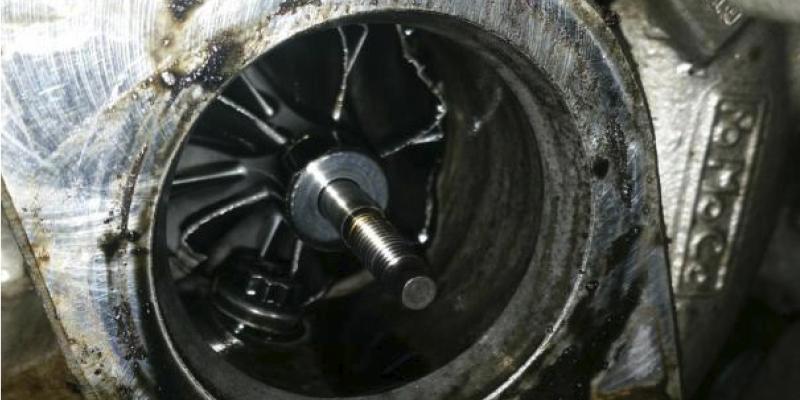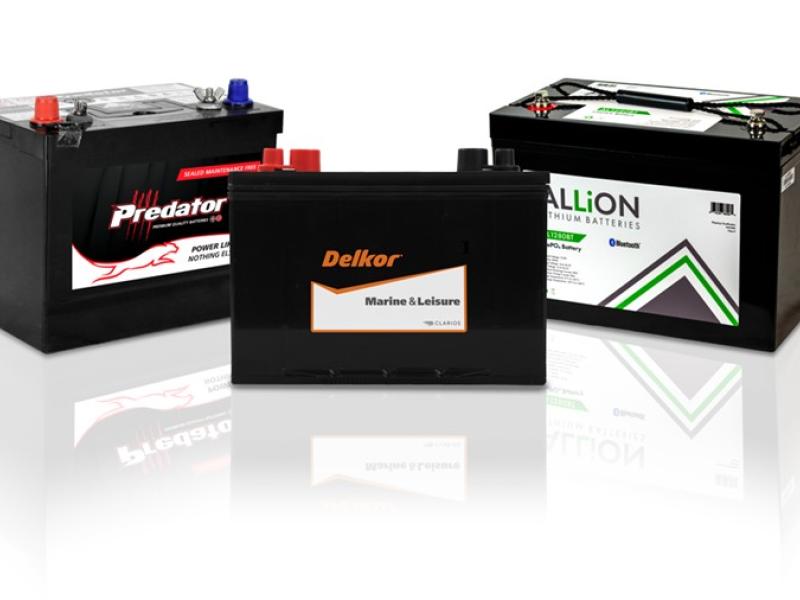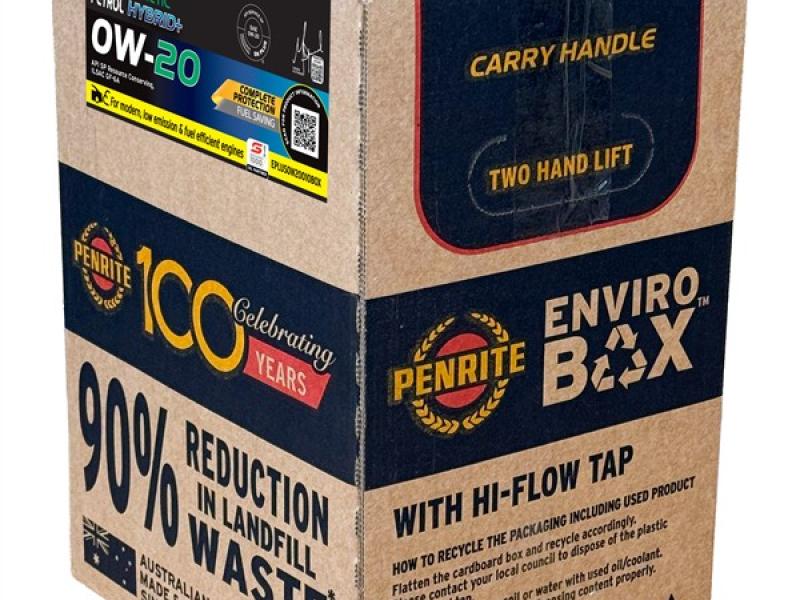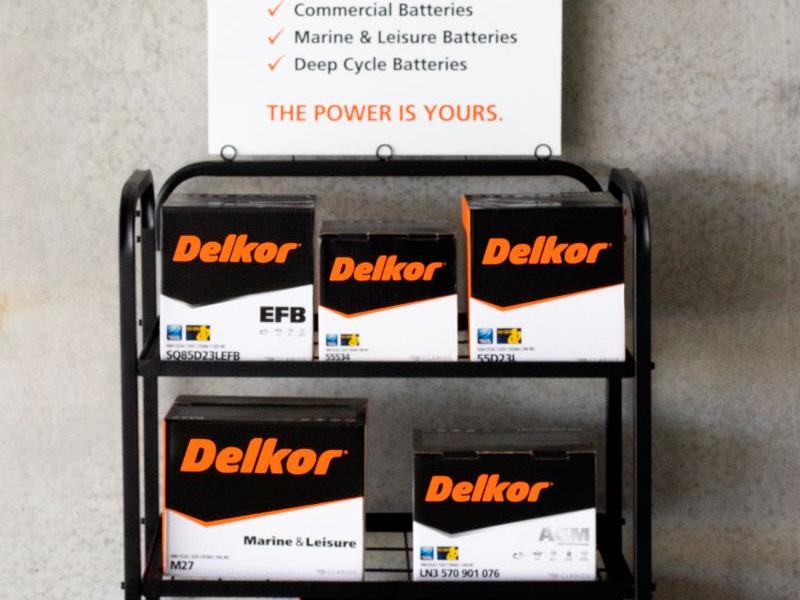Next minute the engine was over-revving and I could not shut it down. All we did was replace the turbo. This is the problem. Only the turbo was replaced. There is so much more to replacing turbos than removing the old unit and fitting the replacement. To avoid a very costly exercise, this is what I recommend post diagnosis of failed turbo, ready to quote for repair/replacement. The turbo has failed, and it is important to understand correct replacement procedures.
Diagnosis and/or early detection of the fault.
Once the technician has established turbo failure has taken place before quoting to replace the turbo, it is important to determine why or what caused the turbo fail. This can assist with correct quoting.
Several contributing factors include:
• Poor lubrication.
• Poor cooling.
• Over boosting.
• Poor air intake filtration.
• High km’s wear.
• Turbo quality – second-hand and/or aftermarket.
Solution: Once you have established the turbo has failed from either of the following: Oil is continuing to pump from the turbo via the intake into the engine, pieces of the impellers sitting in the exhaust or intake, the nut has fallen off the shaft at either end or there is excessive slop in the turbo shaft. Now begin the process of checking other vital components and finding out the full truth from your customer of what took place leading up to, during and at the point of failure. Remonstrate to them that every piece of information is vital in preventing further failures and most importantly, keeping the costs minimal.
Turbo function and operations.
If you do not know, please attend our training to find this out.
As a qualified technician, you must understand what the turbo’s function is and the operation. Think about where the air comes from and where it travels to. This is exactly where broken components can end up and where oil can travel.
Excessive oil out of the turbo.
The diesel engine WILL run on any engine oil and there are only a couple of ways to shut the engine down in a case of an ‘OVER REV’. Either the owner managed to stall the engine, someone closed the air intake supply, or the engine stopped on its own. No matter how it shut down, you MUST confirm the engine is ok before you proceed to replace the turbo. To do this, remove the injectors and carry out a compression test. If the injector washers are located under the rocker cover, there is no point doing via the glow plugs. Remember to ensure the turbo outlet pipe is disconnected to avoid oil entering the engine during the compression test.
If an injector washer has failed (one possible cause of the turbo failure) then a compression result will be low. By removing the injectors and you find the injector washer has failed then you can narrow down the cause but also confirm other repairs required. Think about where oil goes, the carbon will too, and it blocks ports and galleries easy. Turbo oil feed and drain. You may have to remove the sump to clean the pick-up and flush the engine. Be aware if the engine has done more than 150K and the injectors have never been replaced, quote a replacement set. If an injector has been difficult to remove, they may not work again after refitting.
Compression is within manufacturer specification and injectors have been sealing.
Proceed with inspections and quoting. The following items must be quoted/removed for inspection and cleaning before replacing the turbo.
1. Air intake pipes from the air cleaner side. Check for splits, leaks or oil soaking.
2. Air filter. An air filter with too much flow can cause dusting of the turbo and the engine.
2. Remove all intake pipes after the turbo (Outlet) and inspect as above.
4. Remove intercooler and inspect. Quote replacement if difficult to ensure free of debris.
5. Remove intake manifold, throttle body, EGR Valve, EGR cooler and connecting pipes.
6. Quote the possibility of a replacement exhaust manifold. Some turbos i.e. VW include a new exhaust manifold.
7. Remove exhaust to ensure no sensors (where fitted) DPF/CAT is not damaged.
8. When a DPF is fitted, remove the DPF for flow test and a clean.
9. Remove turbo from exhaust manifold and using a straight edge, check the sealing surface for warpage.
10. Remove both oil drain and feed pipes for inspection and cleaning.
Inspect and check turbo
operation systems.
Often overlooked is what operates the turbo including input and output sensors and actuators. Inspect conditions of all wiring, air flow/air mass meter, boost sensor/ boost sensor filters and for vacuum operated turbos, inspect vacuum switch operation, hoses and vacuum pump condition. If there is oil in the vacuum pipes, it is likely the vacuum pump has failed. It is important to check these systems in case they have contributed to the failure. If a boost sensor and/or air flow/mass sensor suspected failed, replace these items. It is difficult to clean them. Cleaners can cause further damage. Some applications are fitted with boost filters. Replace these when replacing turbos or carrying out an off the vehicle intake manifold clean.
EGR operation.
On Variable Geometry Turbo (VGT) systems, the EGR acts as the wastegate. In cases when EGR blanking plates have been used or the EGR is inoperable, have been found to have caused the turbo failure because of over-boosting. Ensure a full explanation is provided to your customer of this operation to avoid future failures. If a customer insists it remains modified, you are best to walk away from the job or do not put your name to it.
Second-hand turbo replacement.
You have diagnosed a failed second-hand turbo and you are going to replace with another second-hand unit. It is not as simple as bolting on a bracket. This unit has the potential create other issues for both you and your customer.
Aftermarket turbos.
The new turbo looks like the original on the outside. Esure the supplier is qualified and experienced in the turbo industry. We are witnessing a massive increase in failing aftermarket turbos some of which have not made it back to the customer. Consider the price compared to the genuine manufacturer. Labour time to remove and refit the turbo when it does not work. What is the supplier’s warranty for when the turbo does not operate correctly? Do they cover your labour when it is not your fault it failed? Make sure you follow their replacement instructions.
Only the actuator has failed.
Avoid replacing this component without replacing the turbo. It is like replacing a timing belt and reusing the original tensioners and idlers. The turbo has done as much work as the actuator and vice versa. These are matched and must not be separated.
Twin turbo applications.
It is imperative that you inform your customer of the importance replacing both turbos even if only one has failed. Especially of oil contamination was the cause.
Water cooled turbo systems.
When replacing water cooled turbos, inspect all hoses and quote for replacement. Replace coolant, do not just top up. Often the engine will lose water during dismantling and cross contamination of coolants should be avoided.
Before the test drive.
Ensure you have adapted and/or relearned all components related to the intake system. Air filter, air mass meter, boost sensor, turbo, swirl flap where applicable and throttle body.
Start the engine with the engine turbo outlet pipe disconnected and engine breather pipe to confirm no excessive crank pressure or oil omitting from the turbo. Once happy with the operation, connect the pipes and test drive. Initially avoid high engine revs and allowing the engine to warm accordingly. Once satisfied with the operation, begin putting through full RPM and drive for at least 20 minutes.
Special notes.
One golden rule you must remember – a diesel engine WILL run on engine oil and there is no way of controlling how much oil the engine takes in. The results are disastrous to both you the workshop owner or the vehicle owner and in some cases the technician test driving. You may cause injury to yourself, customer or another road user. There have been several cases when the operator has not been able to shut down the runaway vehicle and resulted in criminal charges for reckless driving or similar.






